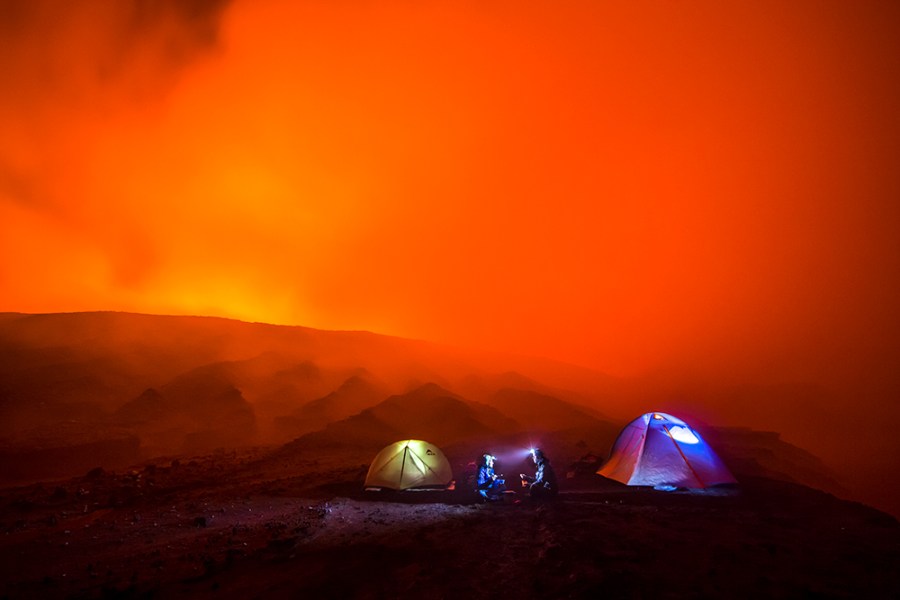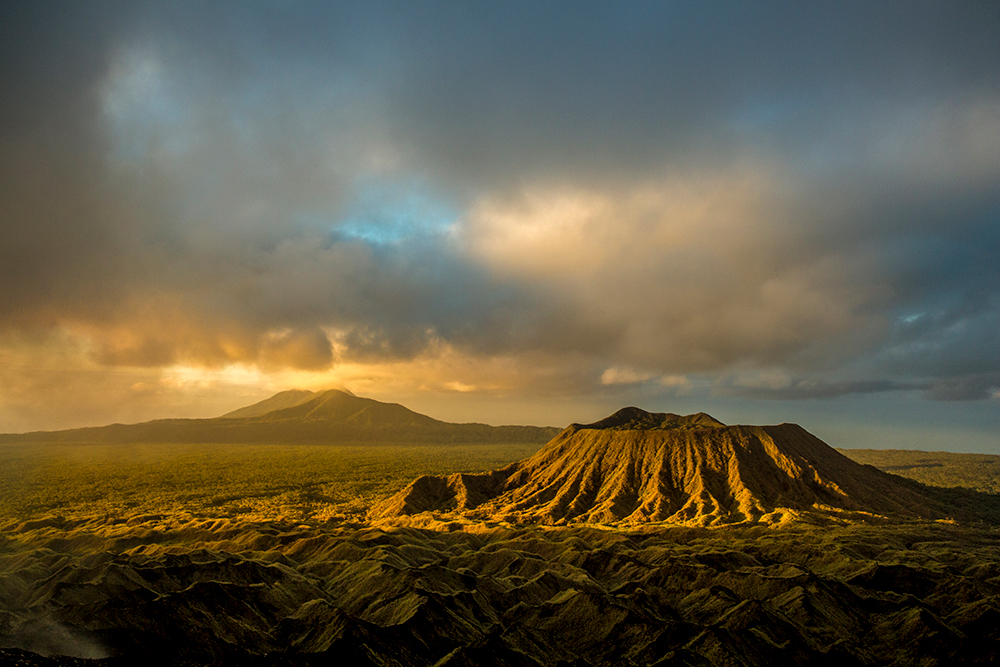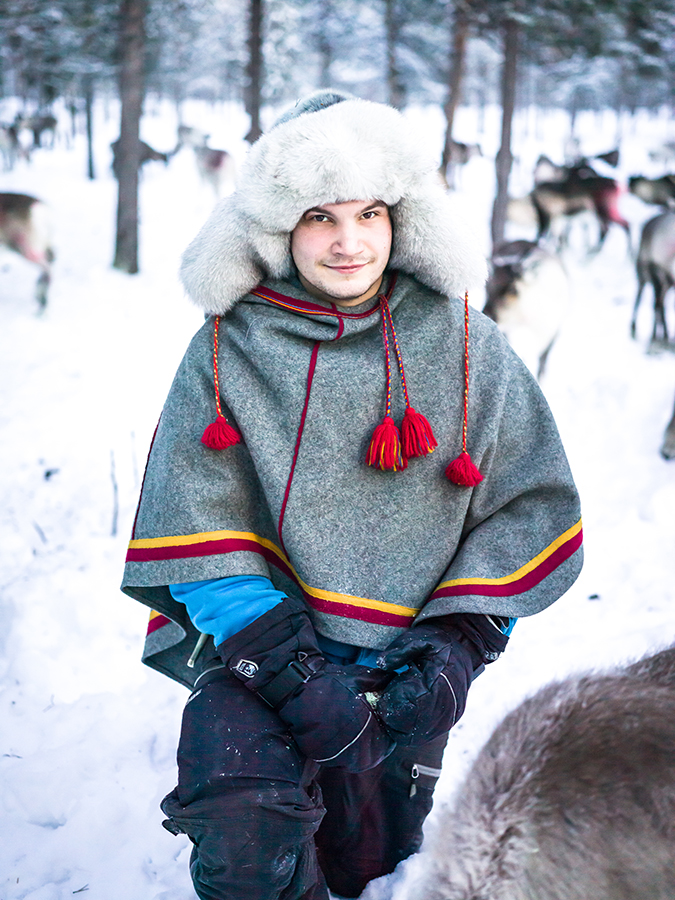Claire Gillo speaks to three renowned travel photographers for their advice and insights – helping you to take better adventure, wildlife and portrait images
Travel photographers Ulla Lohmann, Mattias A Klum and Lola Akinmade Åkerström share insights into their photography, and how you can get better at adventure, wildlife and portrait photography on your travels.
Adventure photography
Ulla Lohmann
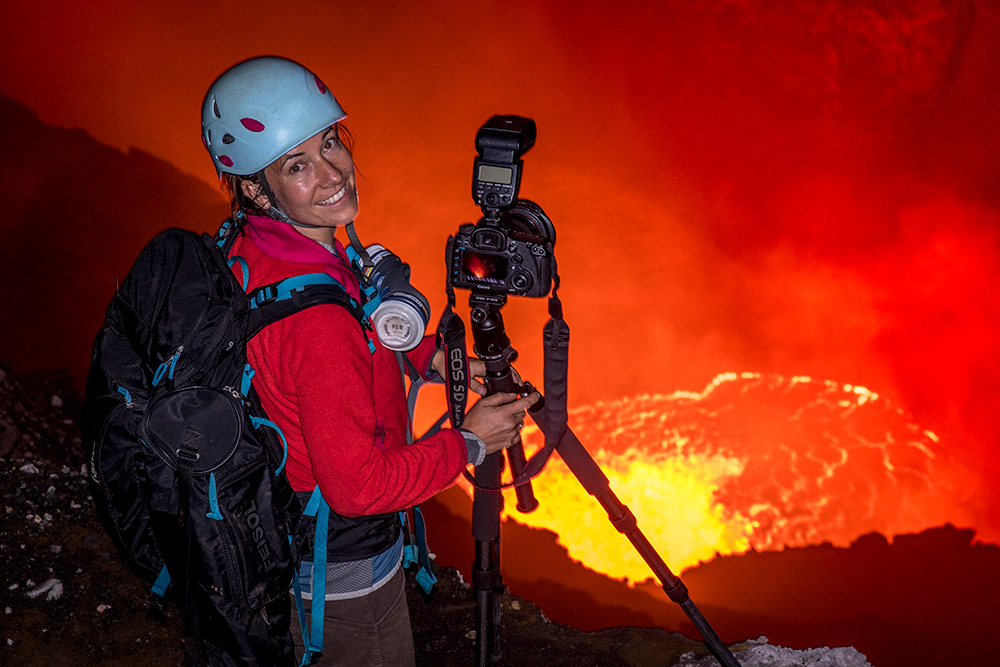
Ulla is a photojournalist and filmmaker with a Bachelor of Science in Natural Resource Management who works regularly for the likes of National Geographic, GEO and the BBC. She will be leading our Expedition Papua New Guinea photography holiday in association with Zoom Photo Tours, running from 17-29 November 2022. Visit www.ullalohmann.com and follow @Ullalohmann on Instagram.
Ulla Lohmann is passionate, inquisitive, adventurous and driven. Not only is she an amazing storyteller through her imagery she also has a great knowledge of her subjects, and says, ‘I’m curious about the world, about people, and I want to push the borders of what we think is possible.’
Volcano Adventure
She has been to places and taken images that many of us can only imagine including abseiling 600m into an active volcano to record its features and surroundings. Ulla is the first woman to ever do this. When asked how it felt, Ulla replied, ‘It is like you are descending into hell. It is bubbling, it is boiling, the gases get up your nose and your eyes have tears in as well.
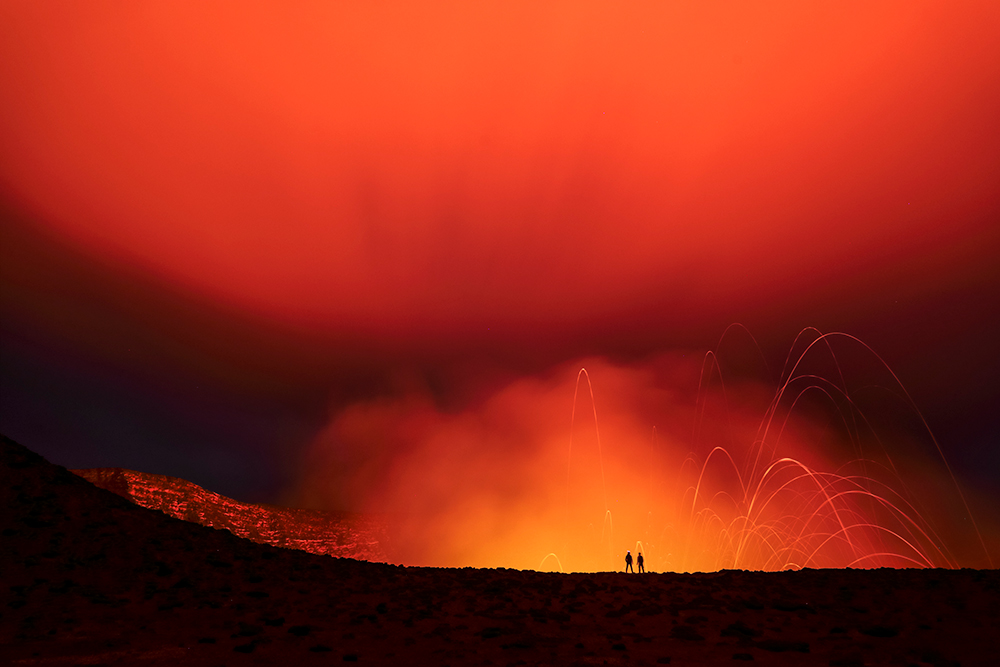
Two scientists study the Yasur Volcano on Tanna Island in Vanuatu 20 secs at f/7.1, ISO 800. Image: Ulla Lohmann
It’s really hot and you can’t breathe very well because you have your gas mask on and the Earth is trembling and shaking. But I had been waiting for this moment for so long so it was like heaven. It’s this kind of ambivalent thing – nature is so big, and we as humans are so small. This volcano can destroy lives in a second but it also gives life.’ Ulla describes a German saying, Leidenschaft, which means passion but translates as creation through suffering which sums up her journey to get to that moment perfectly.
Of course Ulla didn’t achieve her ambition on the first attempt. She had to build up her skills (she is also a very competent rock climber) and return many times waiting for the perfect conditions. On one attempt she described the fear when it started to rain as they were already into their descent. ‘When it rains in a volcano it becomes acid rain, and this rain was threatening to destroy our ropes. We had no choice but to abandon.’ Lucky for Ulla and her small team, which included her husband, they made it out safely.
Kit-wise, Ulla uses the Canon EOS R5 to take both stills and film. Packing smart is a must as she has to keep her kit weight to a minimum.
‘I love prime lenses but when you’re inside a volcano you have to use zooms because you can’t zoom with your feet!’ Keeping her kit protected when facing the searing hot elements is another must.

Munganau walks home. He lives in the shadow of the active Volcano Tavurvur in Papua New Guinea. 1/500sec at f/11, ISO 250. Image: Ulla Lohmann
Initially she took a protective case for her camera, but found she could not operate it while wearing all her protective equipment and so abandoned it. ‘I was putting the camera over the lava lake and then taking it back again to cool down.’ Luckily the equipment still worked!
Papua New Guinea
Ulla is not just a volcanic expert; she has also travelled the globe including exploring Papua New Guinea taking photos of indigenous tribes – some as far back as 20 years ago. Ulla regularly returns to Papua New Guinea and is running a Zoom Photo Tour this November that includes both volcano and tribe encounters. ‘If I’m passionate about a place, or about people, I love to share them so other people can get great photographs too.’
Her first encounter with the Anga tribe in Papua New Guinea came after she read in a guide book how they mummify their ancestors. ‘It took me three years to find them. I invested my money and my time, and started to learn the local language.’ When she finally tracked them down, the tribe leader at first rejected her request to photograph them.
‘It took me an entire week to get their permission. You can’t just walk in there, it takes time, but it was worth the effort as I met wonderful people and they show me something new every time I go.’
If you’re thinking of going down the same route as Ulla, she has some words of wisdom. ‘Find a story, and stick with it. When it’s good, get it published.’ Ulla states that you can be your own publisher on social media. ‘Find your passion, find your story and make sure you take really good photographs of something unique.’
Watch Ulla’s Ted Talk about her journey into the volcano here: bit.ly/3iNOaI4.
Ulla’s top 3 tips:
- Prepare well. Think of not only how to get to the location but how to get back out!
- Pack only what you need. You don’t want to be lugging around unnecessary weight.
- Look after yourself. Think about warmth, food and making sure you are comfortable. You’ll last much longer out there if you do.
Wildlife photography
Mattias A Klum

Mattias is a photographer, filmmaker and artist. He has shot for National Geographic and now collaborates with his partner Iris Alexandrov Klum under the name Alexandrov Klum to create large scale installations of photography, film and sound. Visit www.alexandrovklum.com and follow on Instagram @alexandrovklumofficial and @mattiasklumofficial, Twitter @mattiasklum, and YouTube @TierraGrandeFilms.
Mattias A Klum started his career in 1985 as a freelance photographer in his home country Sweden. ‘From the beginning I focused on nature,’ he tells us, ‘and after I became more established I got assignments abroad. I realised that by juxtaposing the way we are, and how we alter things in nature we are destabilising entire ecosystems. I felt that if I only concentrated on the beauty, it would not be enough. Through my work I wanted the challenges to be known and visualised and the mindful awareness to be elevated.’
Mattias’s big break
In 1991 Mattias got his break with National Geographic as a young contract photographer and worked there for over 20 years. ‘I was much younger than other people when I started and it was a tremendous privilege, but obviously I also felt that it was an incredible challenge.’ By 1994 Mattias realised that some of the stories he wanted to tell, he couldn’t do justice through stills so he started to make films as well.
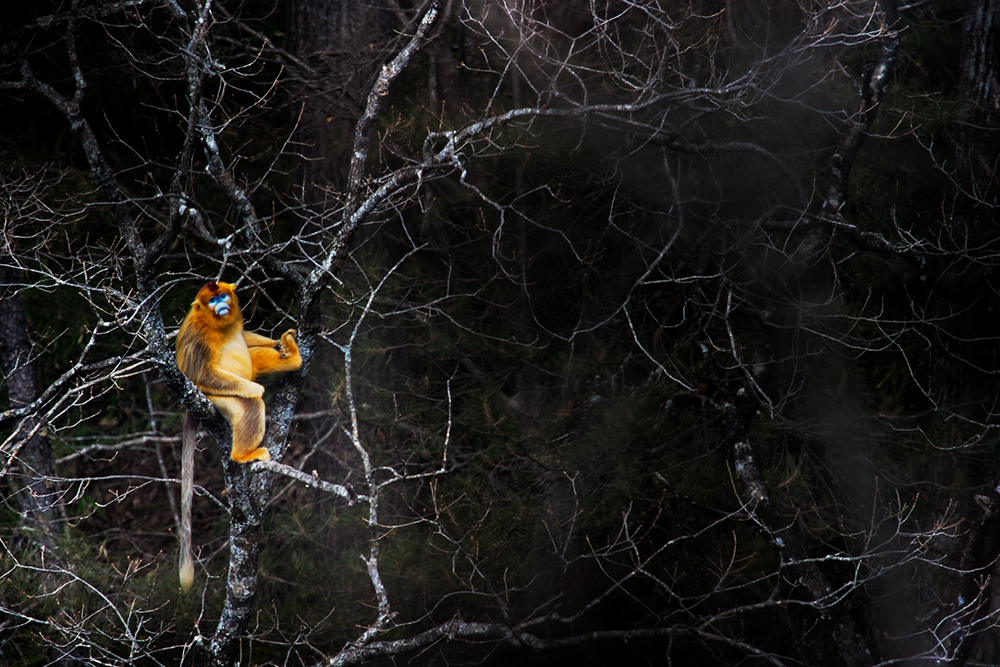
A golden snub-nosed monkey rests in a tree in the Foping Nature Reserve in the Qinling Mountains, Shaanxi Province, China. 1/320sec at f/8, ISO 400. Image: Mattias A Klum
‘I’ve always been curious. It’s like a creative itch, and it’s still with me today when I work as an artist with my wife and artist companion Iris. It’s a different thing to be a documentarian and an artist but I love to stretch myself.’
Over the years Mattias has used all kind of equipment to record his subjects and stories, from analogue cameras, Super 16 film, Nikon digital camera bodies to his current Fujifilm GFX 100S. Due to the type of work Mattias is creating with Iris they need the high 102MP medium format sensor the Fujifilm boasts for their large installations. ‘We have gone from a field gear kind of set-up into a world of other tools that can help us visualise our dreams and our projects as we want to work now.’
Extreme locations
Mattias has travelled extensively and photographed wildlife and the environment in extreme places, from the rainforests of Costa Rica to the freezing landscapes of Iceland. He continues to talk about the privilege of having access to many extreme places and the bureaucracy and red tape that comes with it.
One project called Venom that Mattias was lucky enough to be part of for National Geographic recorded some of the most deadly snakes on the planet in order to find new drugs and cures for diseases like cardiovascular disease and Alzheimer’s. ‘Assignments like that were a dream for me.
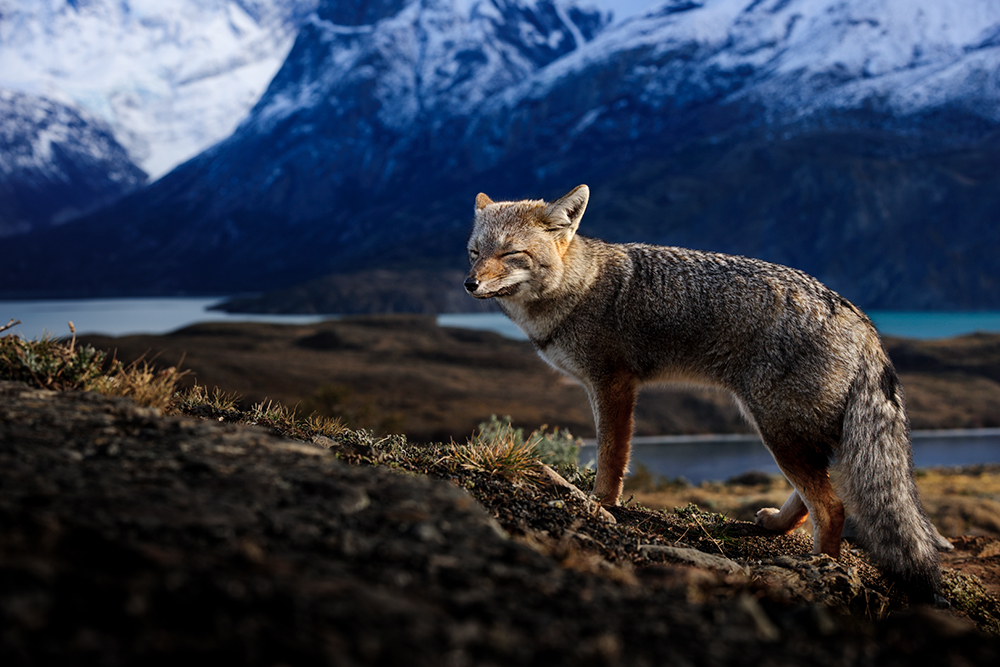
I photographed this Patagonian fox in Torres del Paine National Park, Chile, during a National Geographic assignment. This individual turned out to be a good model; beautiful, quite easily habituated and curious. 1/200sec at f/10, ISO 200. Image: Mattias A Klum
I love the natural history part, I love the science part and the holistic conservation message that brings into context because if you want to harvest the ideas from nature in a sustainable way, nature needs to be there. You can’t log all the rainforest, you can’t disrupt all the ecosystems because then all the shortcuts and knowledge are gone.’
Keeping his gear protected in extreme places is by no means easy. ‘High-quality, durable equipment is very important to start but you can destroy anything if you’re in a saltwater environment or a rainforest or desert when you have sand and dust everywhere. It’s about daily maintenance and to have the right watertight or dust-proof cases to use in certain environments.
If you get sand or moisture into the wrong places they are pretty shortlived regardless of their quality.’ During some of Mattias’ trips there would be an assigned technician whose job was to maintain all the equipment, but on other smaller trips Mattias would do this job himself.
To be a successful wildlife photographer you need patience and determination to ensure you get the shot. Mattias recalls one assignment when he was trying to get a shot of a kinkajou. ‘I spent many, many weeks up in the rainforest canopy at night to get the first pictures of the wild animal in its realm.’ It took him 17 weeks of blood, sweat and tears before he got anything.
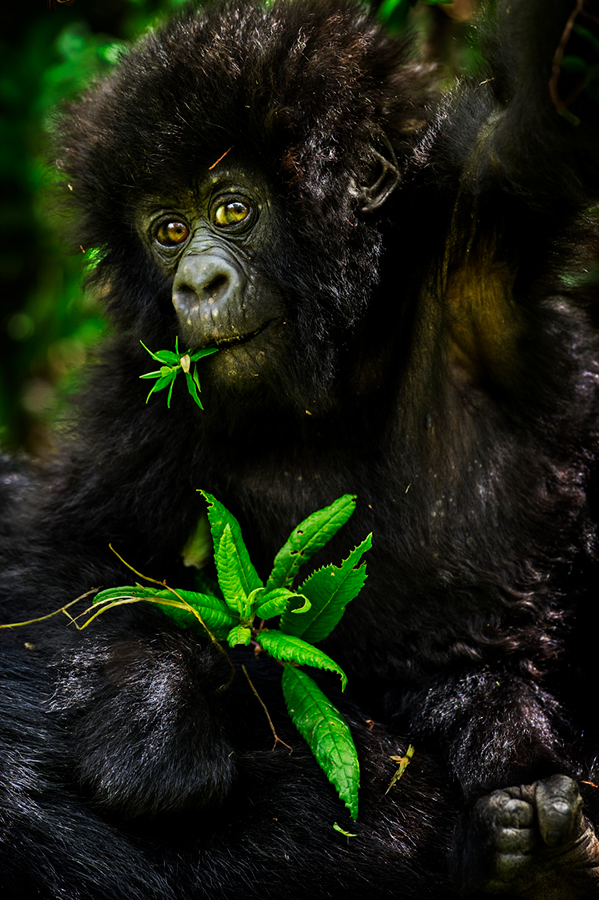
Baby mountain gorilla in Volcanos National Park, Rwanda. Nearly half the world’s remaining mountain gorillas live in the Virunga Mountains of central Africa 1/250sec at f/5, ISO 400. Image: Mattias A Klum
‘When it happens it’s of course wonderful because it’s what you dreamt of and it’s a story you want to tell. It’s about a wonderful creature in an incredible realm that needs protection.’
These days he is focused on his artwork and conveying the message of how we can exist while protecting nature. ‘We live in a time where we put so much pressure on nature and we’re dependent on nature for our survival. So many times we have put nature on the brink – nature needs us to allow it to recuperate and to come back and thrive again.’ Mattias hopes to inspire the notion of change.
‘We need to understand the transient supply, the fragility and how unique our situation is. We are at a crossroads where we can choose to go down the same path – a path that is proven no good – or a move to a more innovative, sustainable, circular and mindful way. We hope that through our music, films and photography we can bridge the gap between our clever human minds and our emotional human heart.’
Mattias’ top 3 tips
- Go for the story, not just for beautiful pictures.
- Give yourself time and don’t be stressed. Spend enough time to know what’s in front of you.
- Do your research and have knowledge of the animal you want to photograph. It greatly increases your chances.
Portrait photography
Lola Akinmade Åkerström
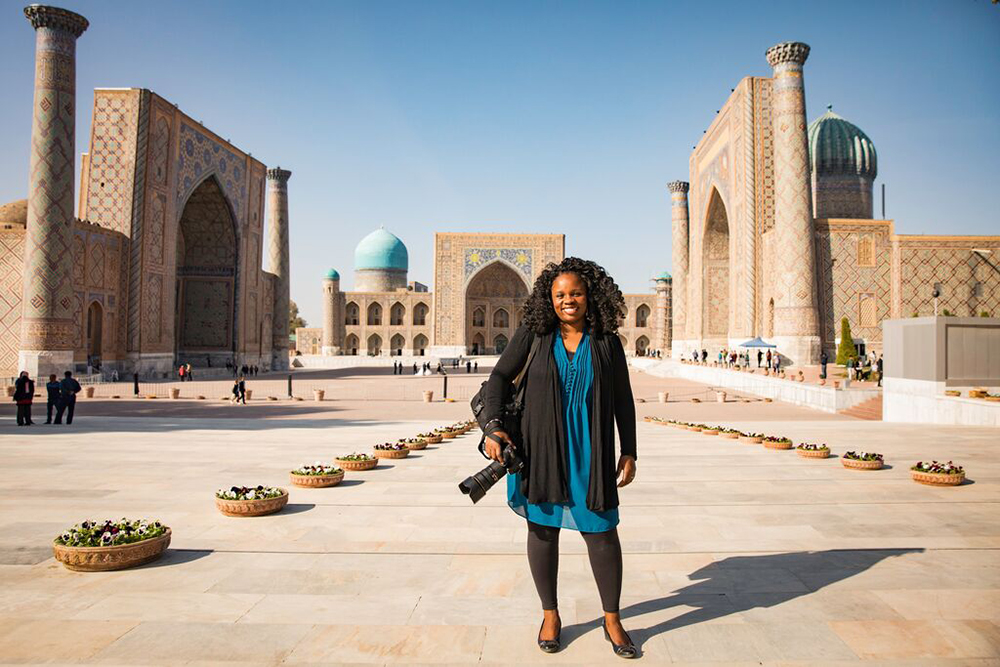
Featured in National Geographic, New York Times, the BBC, and more, Lola is an award-winning visual storyteller and bestselling author who runs her own online academy, Geotraveler Media Academy. She is also a 2022 Hasselblad Heroine and the 2018 Bill Muster Travel
Photographer of the Year. Visit www.akinmade.com, and follow Lola on @lolaakinmade.
Lola Akinmade Åkerström likes to travel light. ‘As a travel photographer who focuses mostly on people and environmental portraits as well as environment details to convey a sense of place, I need to be as nimble as I can and adapt to fluidly changing situations or contexts,’ she reveals. Lola has met and photographed a wide range of incredible people across the globe from strangers in Uzbekistan, market vendors in Serbia, to fishermen in Nigeria and the Seychelles, each with their own story and identity.
Lola currently shoots on the full-frame Nikon D750, however she is in the process of switching over to the mirrorless Hasselblad X1D II 50C medium format camera with several prime lenses that range in focal length from 21mm to 90mm. ‘I’m loving the quality of the images and the intentionality that comes with using fixed lenses when creating these images.
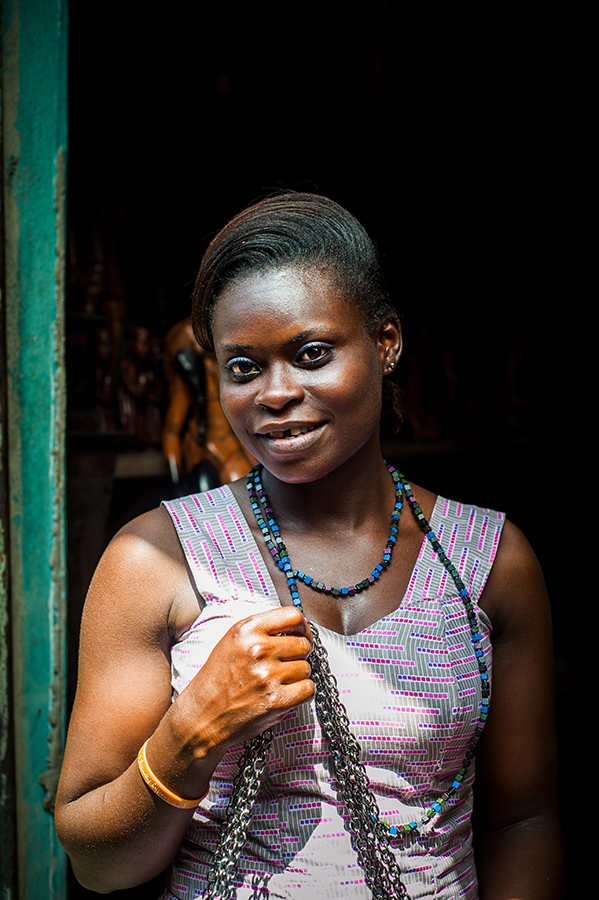
Shopping for bags made from Ankara fabric in Lagos, Nigeria 1/160sec at f/4.5, ISO 200. Image: Lola Akinmade Åkerström
My favourite lens for environmental portraiture is the 90mm. It gets me close for good eye contact yet gives me enough distance to capture as much of their environment as possible as I can, for wonderful cultural lifestyle shots.’
Light and shadow
Although Lola sometimes carries an off-camera flash set-up with some umbrellas she prefers to look for natural light first. ‘Single source lighting always adds a wonderful dramatic flare to environmental portraits and when I travel, I always seek out that contrast between light and shadows to place my subjects.’
When it comes to taking a stranger’s portrait Lola is full of sound advice that comes from years of experience in the field. ‘It takes a lot of humility to stop strangers going about their everyday lives and ask them for a photo. It’s a huge responsibility that comes with respect.’ She continues to talk about gaining trust and pushing aside your own ego to ensure the image is all about the subject rather than the photographer.
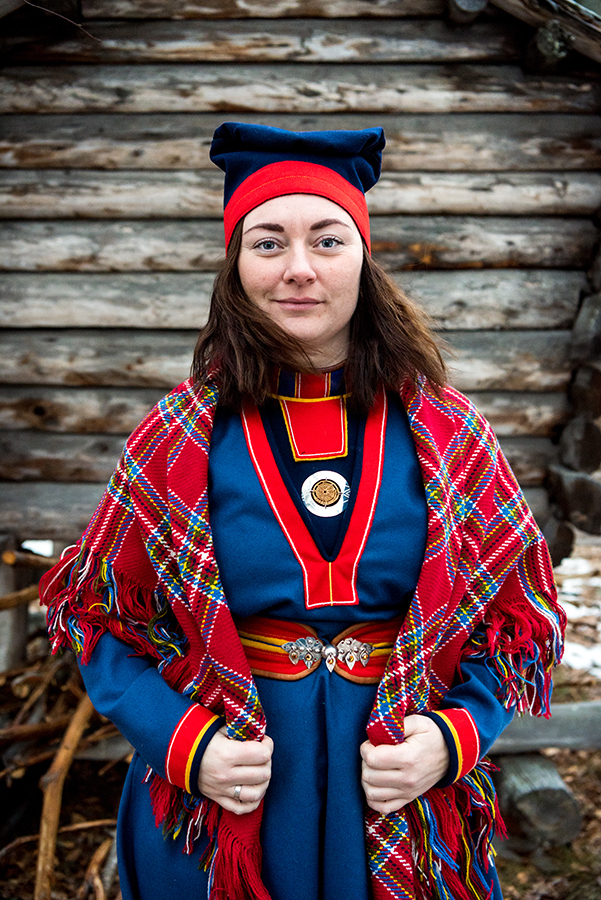
Learning about indigenous Sámi traditional attire called gákti in Jokkmokk, Sweden. 1/125sec at f/3.5, ISO 1600. Image: Lola Akinmade Åkerström
‘And this is why I absolutely love shooting travel portraits. It’s about relinquishing control and giving over your power. The art of vulnerability and humility.’ To create an effective environmental portrait Lola likes to look for interaction in both how her subject/s are interacting with others and/or the environment.
‘My goal is to show the world how my subjects want to be shown to the world, not how I personally want to show them,’ she states. ‘I don’t objectify for the sake of my own craft.’ This remains in Lola’s consciousness and what drives her as a photographer. ‘To listen to people. To acknowledge, truly acknowledge people, and to show them in their most positive light with dignity.’
Being honest and authentic
For Lola it is important to be honest and integral. ‘Sneaking shots means you don’t have full creative control of the portrait,’ she says. ‘Once you get permission, it’s easier for you to not only get closer to people, but move them to different spots and locations to set up the shot in a more creative way.’
She also states the importance of ensuring your subject is relaxed. ‘I often say that getting a stranger to relax long enough to grant you momentary access into their world is one of the hardest parts of travel photography.’ Lola’s tip for this is to ask them a random and somewhat confusing question!
‘While confusing people might sound counterintuitive to getting them to relax for a photo, it has actually worked for me almost every time. The goal is not to necessarily have them laughing but to have them release that guarded tension in their face they’ll often put up with a stranger – in this case, me as the passing photographer.’
Lola finds that most people are happy to have their portrait taken if you first acknowledge and approach them with respect. ‘People are intuitive and often can easily read your body language if you’re not being genuine.’ Lola has had people say no and she doesn’t force it. ‘I simply respect their wishes and continue interacting with them.’ Lola finds that her open manner means people will often relax and let her in anyway.

Meeting a late count in the small town of Sabbioneta, Italy. 1/80sec at f/4, ISO 560. Image: Lola Akinmade Åkerström
‘Many of us are afraid of photographing strangers while travelling because of the fear of rejection and the shame caused by rejection. Photographing people during your travels means being vulnerable and humble while still being self-confident. Yes, often you have to give up control by putting your subjects in charge.’ She finishes on a sound piece of advice. ‘Once you fully acknowledge people (as simple as calling them by their name) and you keep your ego in check, you’re on your way to capturing great portraits.’
Lola’s top 3 tips
- Acknowledgement. Make sure you get the person’s name and call them by their name often. It communicates respect and that you fully see them.
- Always ask for permission. It gives your subjects collaborative control as well.
- Tell people exactly why they caught your eye. Let them know exactly why you want to take their portrait and most of the time, they’ll let you.
Further reading:
How to create outstanding travel photographs and where to visit
Our best-ever wildlife, travel and macro photography tips

